
BRICS vs NATO: A Real Game Of Thrones
BRICS Alliance vs. Westeros: Uniting Against Common Foes
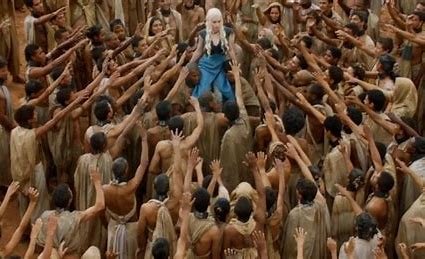 I can’t deny that although there aren’t many brown faces in Game of Thrones, except for the savage Dothraki, and a pirate, or slaves it remains one of my favorite shows to watch. I am running it back again and noticing some things. This blog explores the similarities between these two scenarios, highlighting the shared motivations, challenges, and outcomes. So let’s all try to have some fun with it.
I can’t deny that although there aren’t many brown faces in Game of Thrones, except for the savage Dothraki, and a pirate, or slaves it remains one of my favorite shows to watch. I am running it back again and noticing some things. This blog explores the similarities between these two scenarios, highlighting the shared motivations, challenges, and outcomes. So let’s all try to have some fun with it.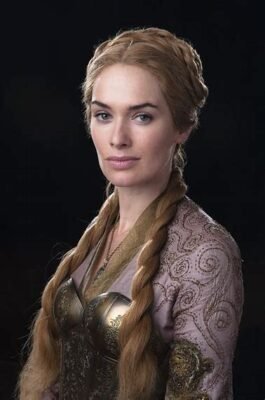


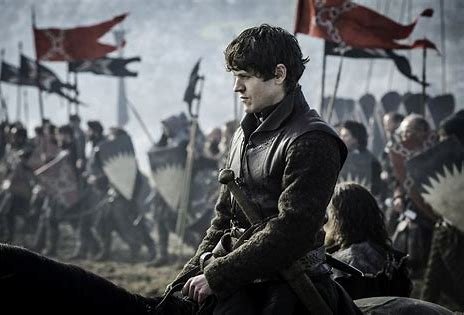


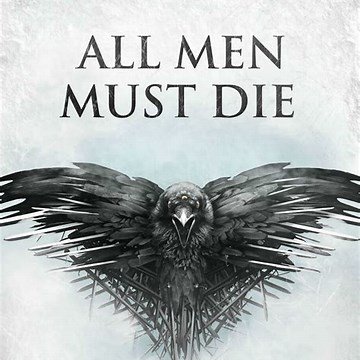 Margery was despised by Cersei for her diplomacy with the poor, among other things that also made the rose appear more graceful than the lioness. Whose sigil would be the lion, dragon, and wolf today? Are we perhaps heading to a “long night” ourselves, and will it be the end of the old world to bring in the new? By examining these parallels, we can gain insights into the dynamics of alliances and appreciate the potential for collective action to shape our world, both on the global stage and within the pages of our favorite stories.
Margery was despised by Cersei for her diplomacy with the poor, among other things that also made the rose appear more graceful than the lioness. Whose sigil would be the lion, dragon, and wolf today? Are we perhaps heading to a “long night” ourselves, and will it be the end of the old world to bring in the new? By examining these parallels, we can gain insights into the dynamics of alliances and appreciate the potential for collective action to shape our world, both on the global stage and within the pages of our favorite stories.Comments:
-
Tree Mail
Usually I do not read article on blogs however I would like to say that this writeup very compelled me to take a look at and do so Your writing taste has been amazed me Thanks quite nice post
-
best weight loss gummies
It’s like you read my mind You seem to know so much about this, like you wrote the book. I believe you could use a few pictures to drive home the message, but other than that this is a wonderful site. I’ll definitely be back.
-
temp email.com
Excellent information was provided. I truly liked reading this piece, and I’m grateful to the author for providing it. Thank you for sharing this blog post. Once again, thanks. Nice.
-
gmail temp email
I genuinely admire the way you write blogs. I bookmarked it and will return to it. Excellent post. Right now, I’m learning something difficult and completely new from websites with excellent articles or reviews.
-
puravive reviews complaints consumer reports
The amount of effort that you put into it was very impressive to observe. Despite the fact that the picture is appealing and your writing style is elegant, it appears that you are concerned about the fact that you ought to be providing the following content. In the event that you take care of this hike, I will almost definitely return to come back and read more of your work.
-
puravive review
My brother suggested I might like this blog He was totally right This post actually made my day You can not imagine simply how much time I had spent for this info Thanks
-
doorhandles
I do trust all the ideas youve presented in your post They are really convincing and will definitely work Nonetheless the posts are too short for newbies May just you please lengthen them a bit from next time Thank you for the post
-
temp mail
Greetings, I noticed that you visited my website; therefore, I am returning the favor by suggesting that I utilize some of your ideas in an effort to improve it.




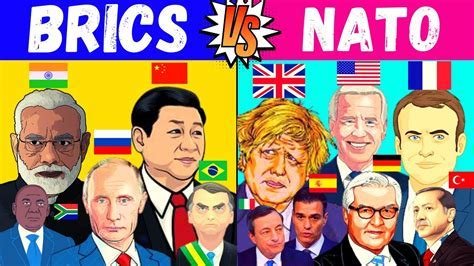

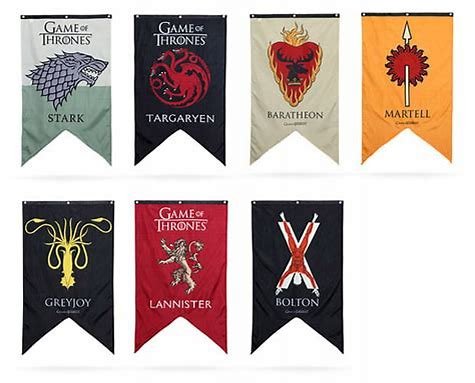

Tree Mail
My brother recommended I might like this web site He was totally right This post actually made my day You cannt imagine just how much time I had spent for this information Thanks